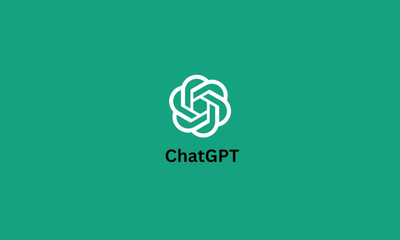By JoeVu, at: 2023年5月30日10:16
Estimated Reading Time: __READING_TIME__ minutes


By JoeVu, at: 2023年5月30日10:16
Estimated Reading Time: __READING_TIME__ minutes


